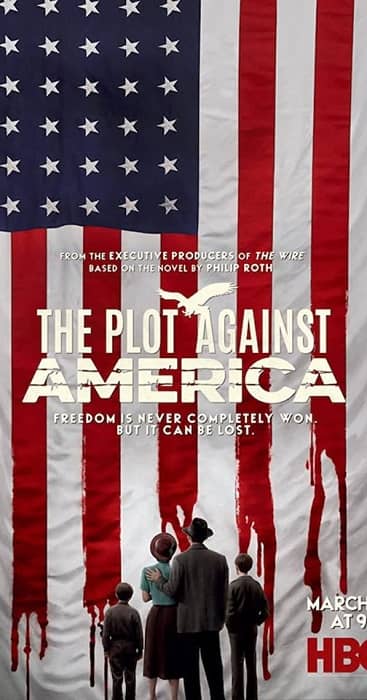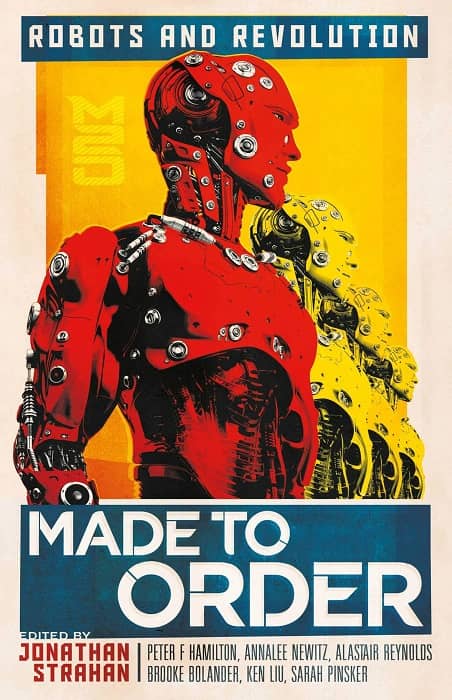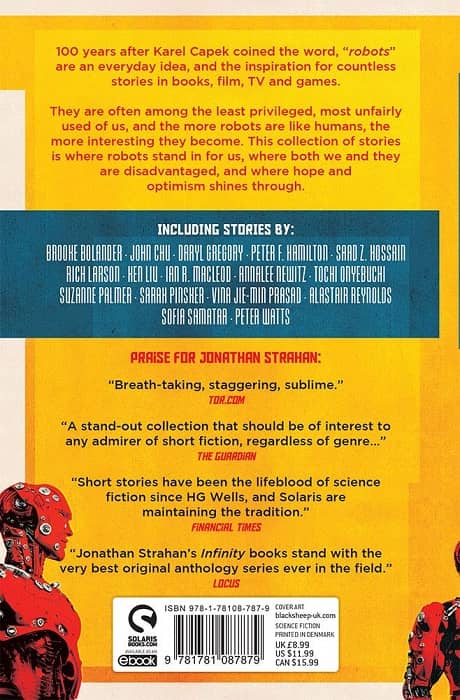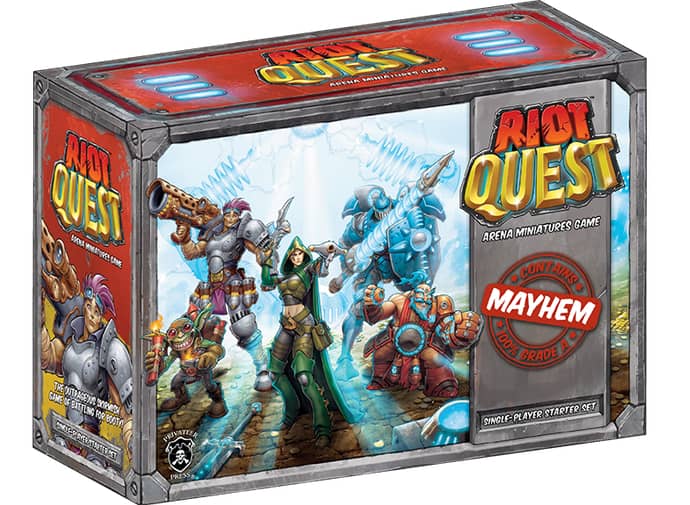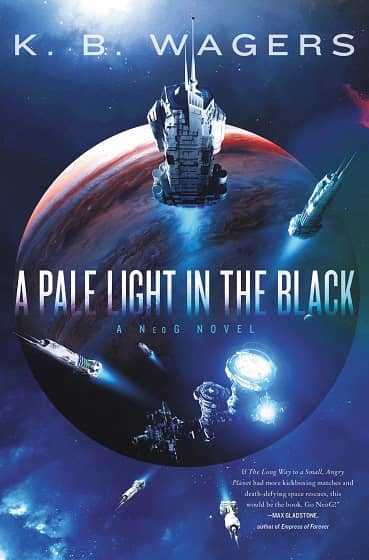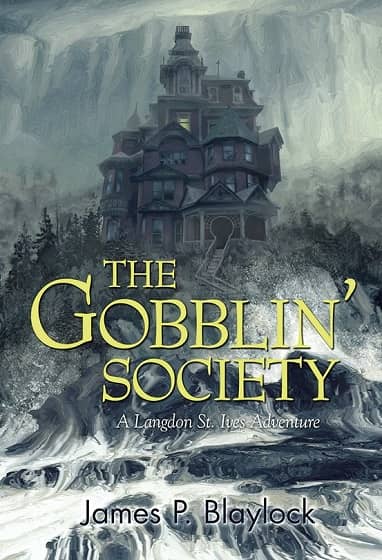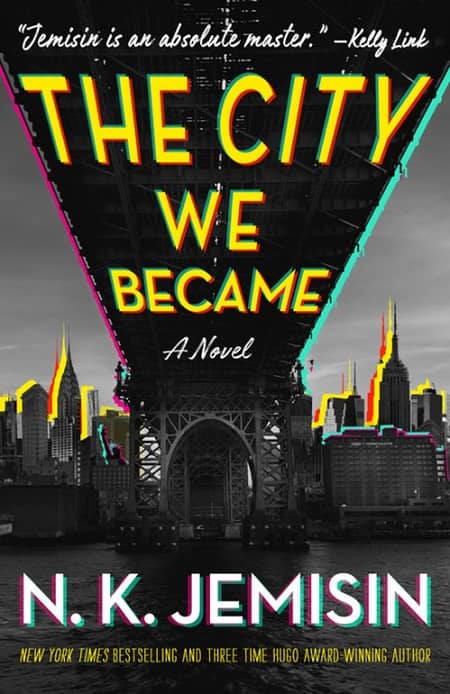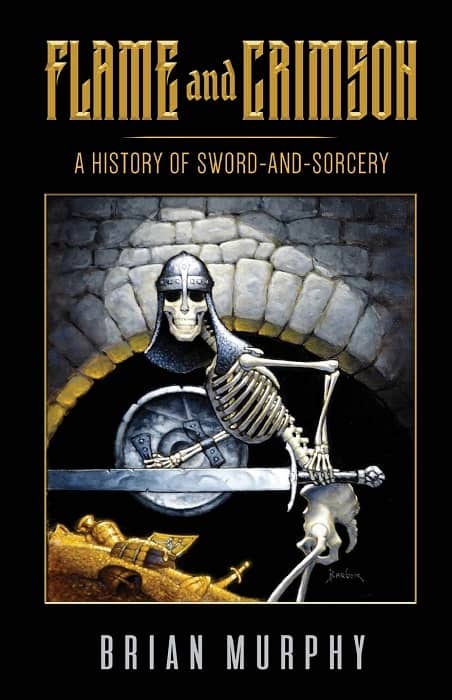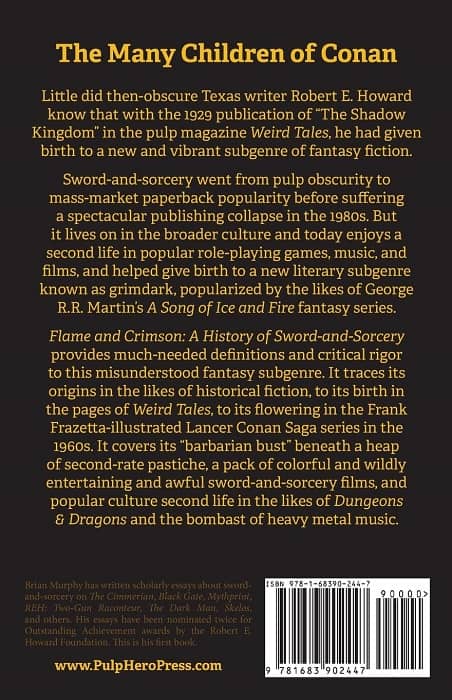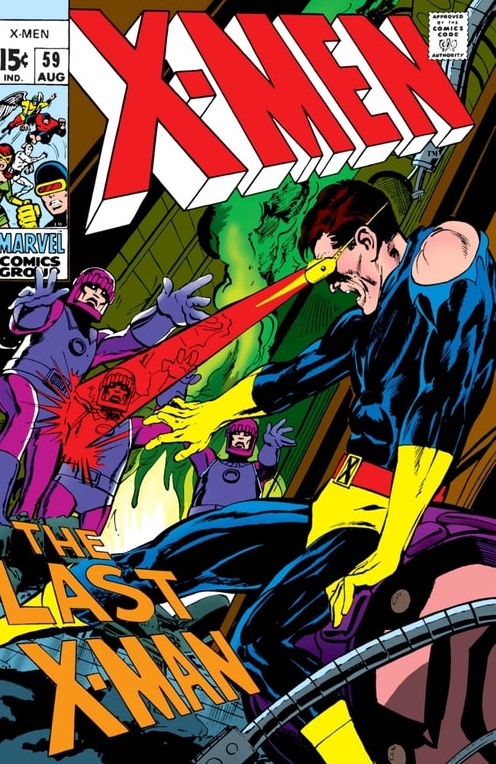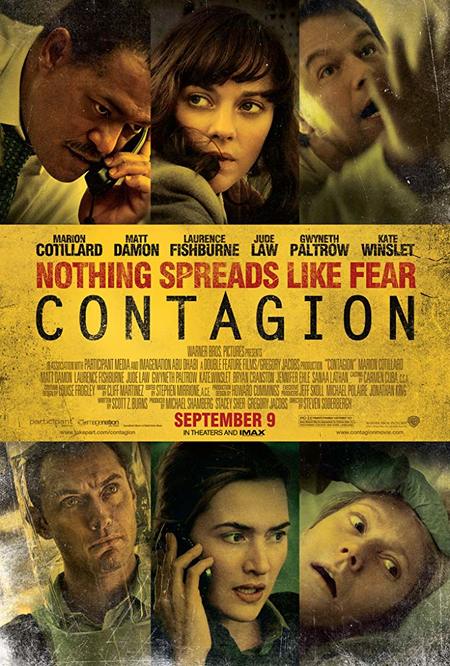Stories the Dogs Tell: Clifford D. Simak’s City
City by Clifford D. Simak. First Edition: Gnome Books, 1952.
Cover by Frank Kelly Freas (click to enlarge)
City
by Clifford D. Simak
Gnome Press (224 pages, $2.75 in hardcover, May 1952)
Clifford D. Simak was a Midwestern US newspaperman who wrote science fiction on the side, and published stories beginning in the 1930s in magazines like Wonder Stories until finding a home in John W. Campbell’s Astounding in the 1940s (and later Galaxy in the 1950s). City was his earliest significant work, published in 1952 but composed of stories published mostly in Astounding from 1944 onward. An enduring work, it won one of the very earliest awards for SF or fantasy, the International Fantasy Award, in 1953 (two years after Stewart’s Earth Abides, which I reviewed here in January, won the same award). It’s Simak’s most popular book along with his Way Station, published a decade later.
Gist
The book tells the future of humanity as it abandons cities for country estates and then moves off Earth to settle other planets, and in parallel the rise of an artificially created Dog civilization. By the end, humans have largely propagated outward to other planets, and Earth is left to the intelligent dog civilization, to whom these stories are myths.

